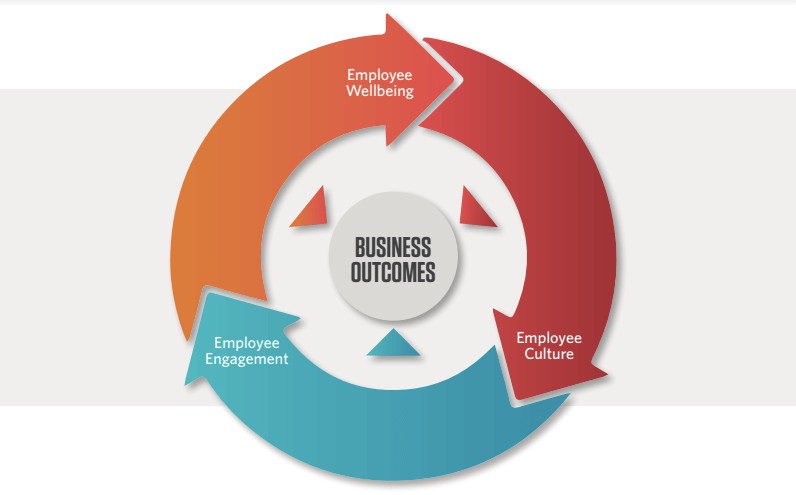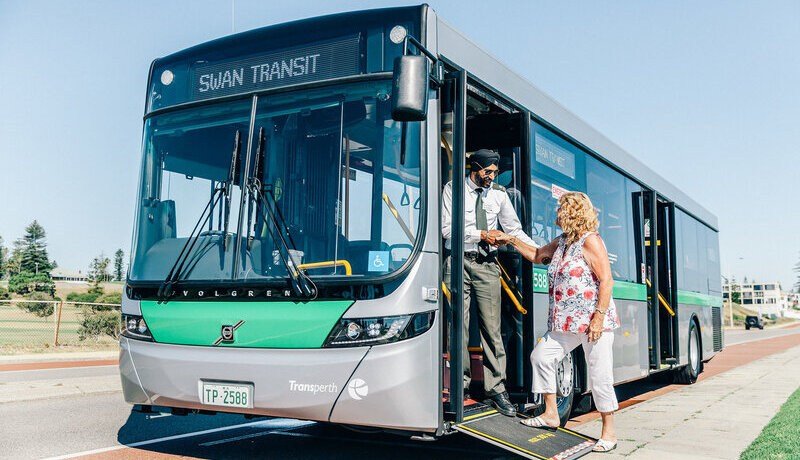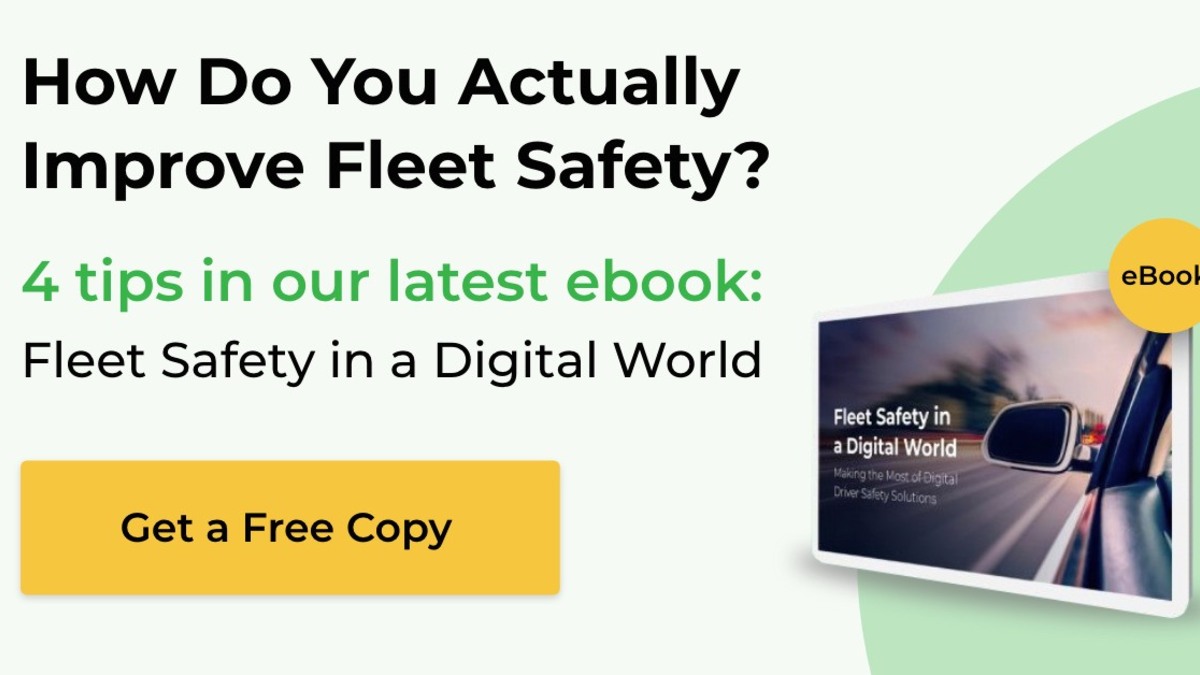600 HR Professionals Reveal Their Top Challenges
Competition is not only fierce for job seekers, but also for companies trying to attract and retain motivated, loyal employees. The mobile workforce is changing and so are workers’ standards. Today’s employees care about much more than a paycheck and health insurance; they want to have a positive, reciprocal relationship with their employers.
Virgin Pulse’s 2017 State of the Industry survey detailed the top priorities, strategies, and challenges facing more than 600 HR executives that year. Employee recruitment, retention, and communication were top priorities for organizations then, followed closely by employee engagement, wellbeing, and organizational culture initiatives, with more than 90% of HR executives denoting each of these as crucial. This remains true today.
The former three have long been core responsibilities for HR teams. But the other three top priorities – employee engagement, wellbeing, and culture – are newer concepts for the business world. In this post, we’ll discuss how these new priorities affect business outcomes and how HR teams can implement measures to achieve them.
Internal engagement, wellbeing, and culture drive external business outcomes
Before we talk about achieving these priorities, it may be useful to define them.
Employee wellbeing, at its core, springs from how your organization helps employees cope with work stress, personal stress, financial concerns, physical health, sleep and any personal metrics that may affect productivity.
Your company’s culture and level of employee engagement are slightly less tangible. Your culture is the feeling employees have about your organization, guided by your mission and value statements.
Engaged employees are workers who feel invested in their company’s future and culture, feel like their jobs give them a sense of purpose, and have great relationships with their coworkers.

Source: Virgin Pulse State of the Industry Survey Report
Each of these elements affects one another in an endless cycle, working together to not only affect your employees’ perspectives on their jobs, but also their contributions to business outcomes. If one element lags, the other two suffer and so does your company.
Creating this positive feedback loop can be tricky for any business, but it becomes especially challenging for companies whose employees are not stationary or based in one location.
Wellbeing challenges for fleets and mobile workforces
HR executives agree that work stress, personal stress, and financial concerns all have the greatest impact on overall employee wellbeing. These stressors can create further problems for employees in areas like physical health, productivity, sleep, and personal relationships. In turn, these areas become stressors themselves.
These stressors pose an especially significant effect on fleets and mobile workforces, whether driving makes up most or just a small part of employees’ jobs. The pressure of making appointments or meeting deadlines while spending hours fighting traffic, dealing with inclement weather, and a number of other intervening, unpredictable factors adds up quickly. If your employeess provide their own vehicles, the accumulated wear and tear and corresponding maintenance costs can create financial stress, especially if issues are allowed to mount.
Furthermore, for mobile workers, sitting behind the wheel for extended periods of time can create physical health concerns, with risks ranging from weight gain to heart disease to an increased risk for accident-related injuries or death.
The stakes of not addressing these concerns are high for both your employees and your organization. Work-related stress causes a loss in productivity that adds up to $30 billion per year for U.S. companies, due to absenteeism, sick day pay, and turnover.
Cultural challenges
Many organizations seek to instill a sense of company culture in new employees from their first day on the job by creating mission and vision statements that reflect their organization’s culture and values. While 80 percent of surveyed HR execs say their organization’s hiring practices and HR policies reflect their mission and vision statements, what happens after the employee is onboarded?
Fleets workers and mobile workers typically don’t have the same amount of daily interaction with colleagues as traditional workforces do. They may share few common goals with other employees and rarely get to have casual, unstructured conversations with coworkers. It is also harder for management to gauge whether mobile employees are engaged in and care about a company’s culture once they are on the road.
Engagement challenges
Fleet-based workers whose primary responsibilities include driving may experience engagement issues simply because of the monotony of life on the road. For mobile workers whose real responsibilities begin when they exit the vehicle, stretches of time on the road can feel unproductive and frustrating. They may feel time spent sitting in traffic could be better spent answering emails or making calls. Mobile workers may also have a harder time focusing and being productive once back in the office, as they are already drained from driving or stressed out by the work awaiting them.
HR teams are smart to prioritize wellbeing, culture, and engagement, but creating a singular, well-designed, and strategic engagement program — and getting buy-in for it — is easier said than done. According to the State of the Industry survey, HR executives say they are struggling to launch engagement programs, noting multiple common barriers to successful adoption.
In our next post we’ll talk about how HR and management teams can address these challenges by 1) successfully getting buy-in from executives and employees for a company-wide engagement program and 2) measuring and analyzing the results of that program to ensure it’s as successful as possible.





